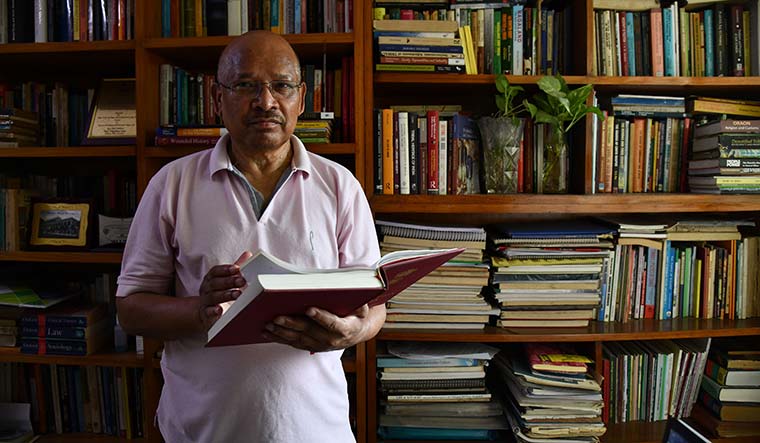Q/ How do you see the current trend of the government celebrating tribal icons?
A/ There is nothing wrong with these celebrations. For long, governments have not given much attention to the fact that there have been heroes and freedom fighters from the tribal community as the writings on freedom struggle were grand narratives in which the local and regional struggles such as those of the tribes remained just footnotes. However, since the 1980s, with the emergence of the Subaltern School, there has been a greater and sharper focus on movements of adivasis and other subaltern groups. But celebrating tribal heroes has not been very conspicuous except for some like Birsa Munda or Sidhu-Kanhu Murmu (of the Santhal rebellion in present-day Jharkhand and Bengal). However, even their celebration until recent years was localised, that is confined to the states they hailed from. The government is now trying to magnify them as national symbols.
Q/ This celebration is aimed more at cultural revival and is political in nature.
A/ To show cultural solidarity, without corresponding social, political and economic changes will not go very far. Tribals still continue to be the most deprived in mainland India, in terms of poverty, education, health and other parameters. Their share of representation in education and employment is still low. On top of that, tribal land is appropriated for various projects like mining, hydro projects and industries. The adivasis have not been beneficiaries of these projects. Rather, they have been dispossessed and thrown away from their land. They have been turned into marginal farmers and landless labourers. They are now forced to migrate in search of employment. What tribes have gone through during the colonial period is being repeated in more systematic and aggressive ways and manners today. The only exception is that today it is happening in the name of development.
Q/ Unlike dalits, tribals have never been a pressure group or had a significant political presence.
A/ Dalits are almost numerically double when compared with tribals. They have a strong symbol in the form of Dr B.R. Ambedkar. There has been a historical process of mobilisation on the question of untouchability and various civic disabilities suffered by them. There is some commonality among dalits even if they belong to different regional linguistic groups in the country. They occupy the same kind of position in the hierarchical social structure across the country. Many national leaders have organised them.
Adivasis are different. Firstly, they are not an occupational group. They are more like a society with their own language, territory, religion, culture and governance system. They stand as juxtaposed to the dominant regional linguistic group and not to castes as many people, including scholars, tend to think. The provisions of reservation for them alongside dalits have, of course, strengthened the caste lens. Historically, they have remained outside of the caste structure.


